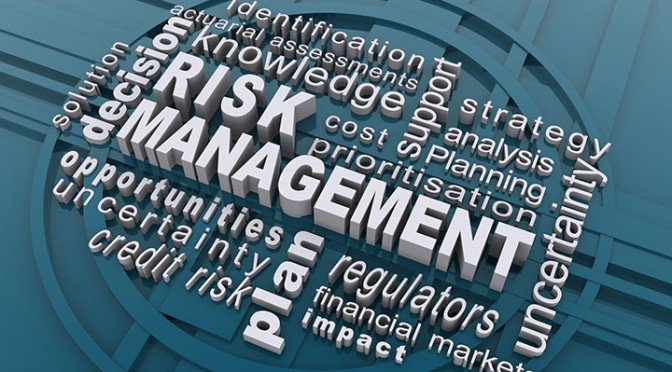Fire does not discriminate. No matter how much you stress workplace fire safety prevention, one slip-up is all it takes to start a fire that can reduce your entire business to ashes in a matter of hours.
The good news is that most fires are preventable. As an owner or manager responsible for your workplace and other buildings to which the public have access, you can avoid fires by assessing your business’ fire risk and adopting the right behaviours and procedures to extinguish the threat of fire.
A workplace fire is a huge, deadly hazard with enduring consequences. It can physically damage or destroy buildings, contents and equipment, and can cause serious injuries or even death to your employees and members of the public. Common injuries include burns, lasting respiratory damage from smoke inhalation, oxygen depletion and trauma such as broken bones from last-ditch escape attempts.
The first step in assessing your business’ fire risk is determining how fires start. Fires need the following three elements:
• Source of ignition (heat) – heaters, lighting, naked flames, electrical equipment, smokers’ materials (cigarettes, matches) and anything else that can get very hot or cause sparks
• Source of fuel (something that burns) – wood, paper, plastic, foam, loose packaging materials, rubbish, furniture and anything else that is flammable
• Oxygen – air, chemicals that contain oxidising agents, and oxygen supplies from cylinder storage and piped systems
The next step is a mandatory one: All employers, building owners and occupiers must carry out a fire safety risk assessment and keep it up to date. Your risk assessment can be part of a larger assessment or an individual exercise.
Using the findings of your assessment, ensure that adequate and appropriate fire safety measures are in place to lessen the risk of injury or death in the event of a fire. To help prevent fire in the workplace, your risk assessment should identify what would cause a fire—sources of ignition and substances that burn—and the people who may be at risk. It should also identify dangerous substances that can result in fires or explosions.
After pinpointing your risks, take concrete steps to control them, such as those listed below:
• Keep sources of ignition and flammable substance separate.
• Avoid accidental fires. For example, make sure heaters cannot be knocked over.
• Ensure good housekeeping at all times to avoid build-up of rubbish that could burn.
Contact the risk management professionals at Bollington Risk Management on 01625 854300 for more detailed information on workplace fire risk assessments.








